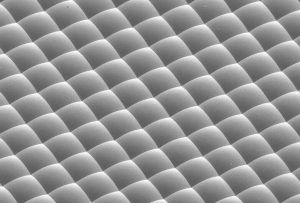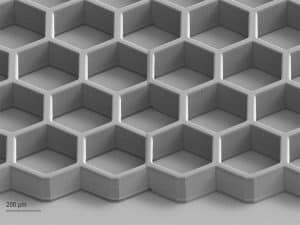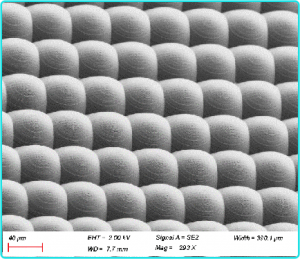
What are metamaterials? What are the types and applications?
1、What is metamaterial?
The first research on metamaterials was on negative refractive index metamaterials. In 1968, the Soviet scientist Veselago first proposed the concept of materials with negative dielectric constant and negative magnetic permeability at the same time, and predicted that these materials could be used to achieve negative refraction and inverse Doppler effects. Since the relationship between electric field E, magnetic field H and wave vector k no longer conforms to the right-handed spiral rule when the dielectric constant and permeability are negative at the same time, but satisfies the left-handed rule, these materials are also called "left-handed materials", but these characteristics do not exist in natural materials. The concept of metamaterials was not introduced until 1996 and 1999, when British scientists Pendry et al. designed a periodic arrangement of metallic thin wire structures and open resonant ring (SRR) structures and demonstrated that negative equivalent permittivity and negative permeability could be achieved, respectively.

(A) Schematic of a split-ring resonator (SRR) and (B) schematic of a metamaterial lattice used to demonstrate the negative refractive index formed by a square split-ring resonator array that imparts negative magnetic permeability to the material.
The term "metamaterials" was originally coined by Professor Rodger M. Walser to describe naturally non-existent, artificially fabricated, three-dimensional composites with periodic structures. Metamaterials are artificial materials with extraordinary physical properties not found in natural materials. Metamaterials are designed around micrometer/nanometer-scale patterns or structures that allow them to interact with light or other forms of energy in ways that do not exist in nature.
正折射率的流体-(右)负折射率的人造流体.jpg)
Metamaterials are often associated with nanotechnology because the unit structure repeated in optical applications is measured in nanometers. The creation of metamaterials may only be possible through nanotechnology. In the future, as nanotechnology advances in the coming decades, it will unlock more new metamaterials and reduce their manufacturing costs.
2、Characteristics of metamaterials
(i) Metamaterials are artificially designed and manufactured materials rather than naturally occurring materials.
② Metamaterial is a composite or hybrid material, not a single or pure material.
(iii) Metamaterials exhibit physical properties that are supernormal and not all natural materials, such as negative refractive index, negative magnetic permeability, negative dielectric constant, and inverse Doppler effect.
(iv) Metamaterials can be made to perform effective manipulation of light, electromagnetic and acoustic waves by changing the physical properties of the basic unit structure, shape, orientation and arrangement of the material.
3、Kinds of metamaterials
- Electromagnetic metamaterials
- Acoustic Metamaterials
- Mechanical metamaterials
- Thermal Metamaterials
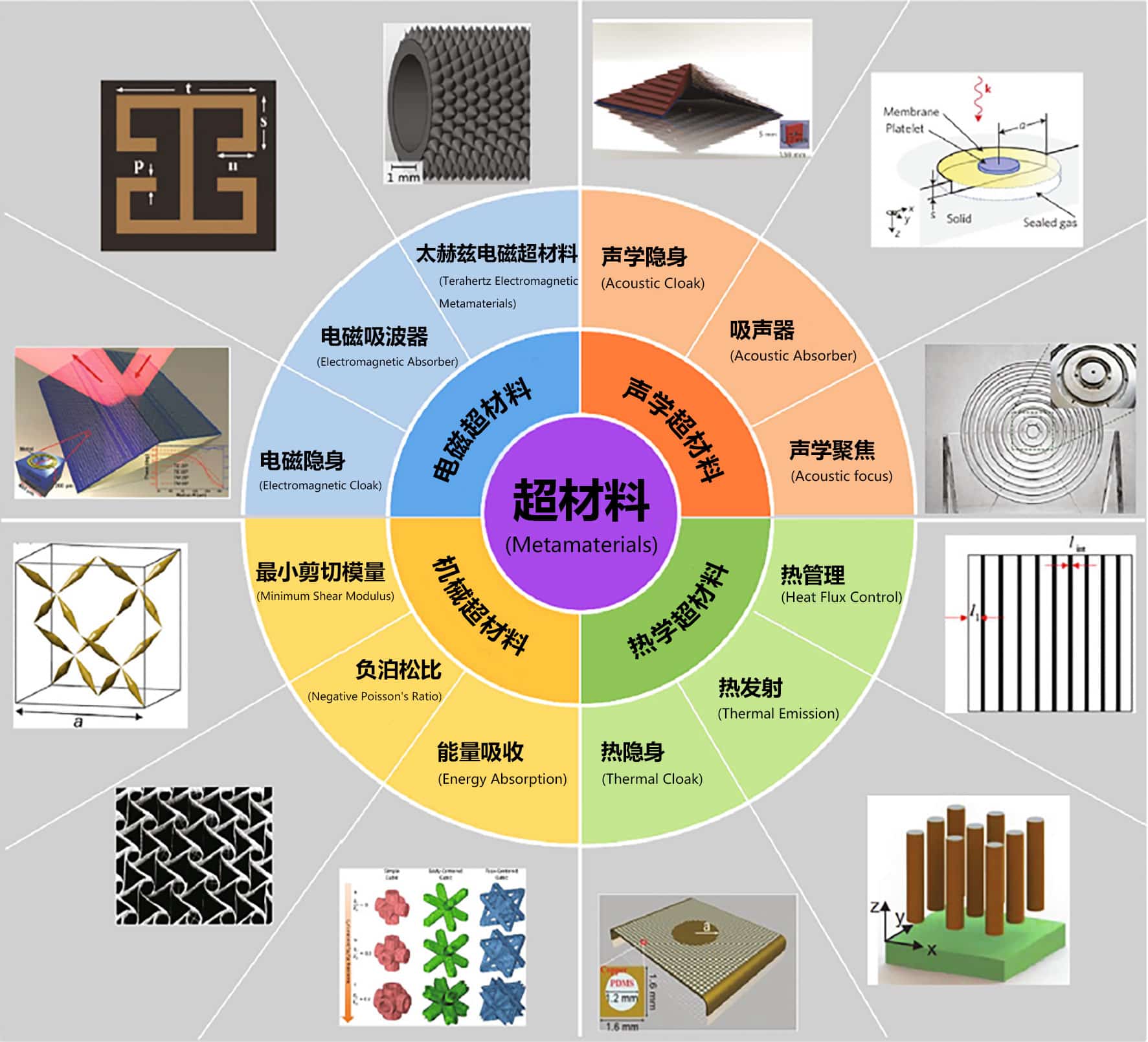
4、Application scenarios of metamaterials
- Superlens
Hyperlens is a two-dimensional planar lens structure made of optical elements that focus light on a super-surface. It is touted as one of the top 10 emerging technologies in 2019. When the refractive index is positive, conventional lenses are unable to focus light precisely to regions of less than square wavelengths due to the exponential decay rate of fading waves. As Ernst Carl Abbe discovered, conventional lenses are limited by the diffraction limit; however, superlenses (or superlenses) use metamaterials to exceed the diffraction limit by obtaining a refractive index of -1. The light enters the superlens and forms a negative angle or negative refractive index, as shown in Figure 3, having a surface normal and experiencing a double focusing effect. To obtain a superlens, the metamaterial must have both a negative permittivity and a negative permeability in order to convert information about the subwavelength object and reproduce the image without any distortion or information loss. The lens can also project fading waves between the object on one side of the plate and the image formed on the other side of the lens.
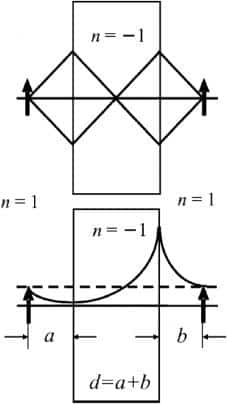
Light enters negative refractive index metamaterials
Superlens has the advantages of thinner size, lighter weight, lower cost, better imaging, and easier integration. And the properties of polarization, phase and amplitude of light can be tuned by adjusting the shape, rotation direction, height and other parameters of the structure. Superlenses can be used in many other applications such as earthquake and tsunami protection, super-resolution imaging, quantum photonics, nonlinear optics, biosensing, optical circuit elements, and lithography.
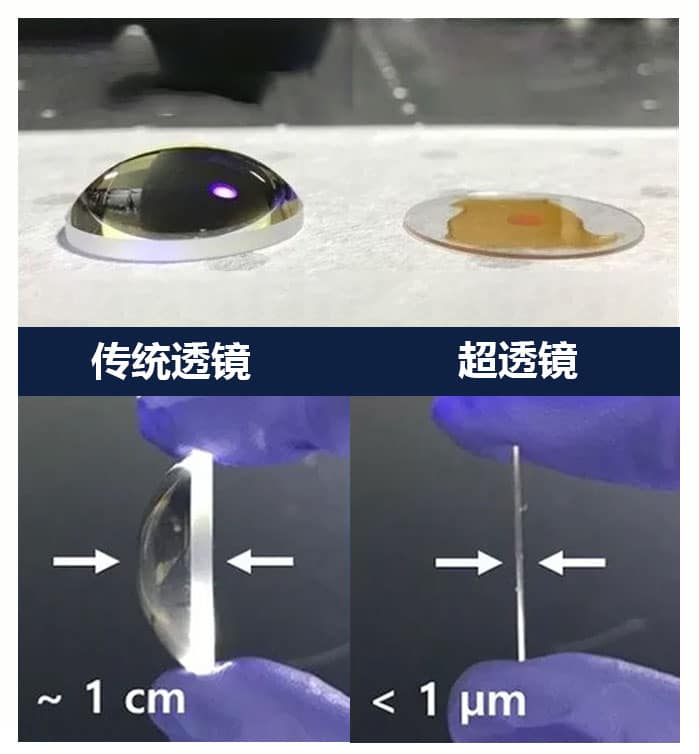
Comparison of conventional lens and super lens
- Solar Absorber
Photovoltaic devices are widely used to convert sunlight into electricity. However, they can only convert a limited portion of the solar spectrum, and the efficiency of PV devices is affected by Shockley–Quayse Limit(Singlep-n(The theoretical energy conversion limit that can be achieved by the solar cell in section)The limits. A major advancement driven by metamaterials is the development of surface plasmon and plasmon optical antennas for light absorption techniques. Surface plasmon excitations have the ability to direct, focus and scatter light at the nanoscale, whichMake itbecome ideal for enhancing the light absorption of solar cells. The limitations of conventional photovoltaic solar cells areWhenThe thickness of the solar cell is less than 100 µmThe efficiencywill becomelow; however, whenRealizationWhen plasma structure, this problemwillIt was solved and canInEnhanced electric field while, , ,ReductionBatteryThe thickness andMake it morethin. In addition, surface plasma excitations occur on metamaterial surfacesTimeThese can be used to control the interactions that occur within the light absorbing device and significantly enhance the electric field near the surface. Plasma optical antennas are also being investigated because they can significantly increase the efficiency of solar cells while significantly reducing the size of the device. These antennas behave similarly to light collectors, reducing reflection losses while increasing the absorption cross section.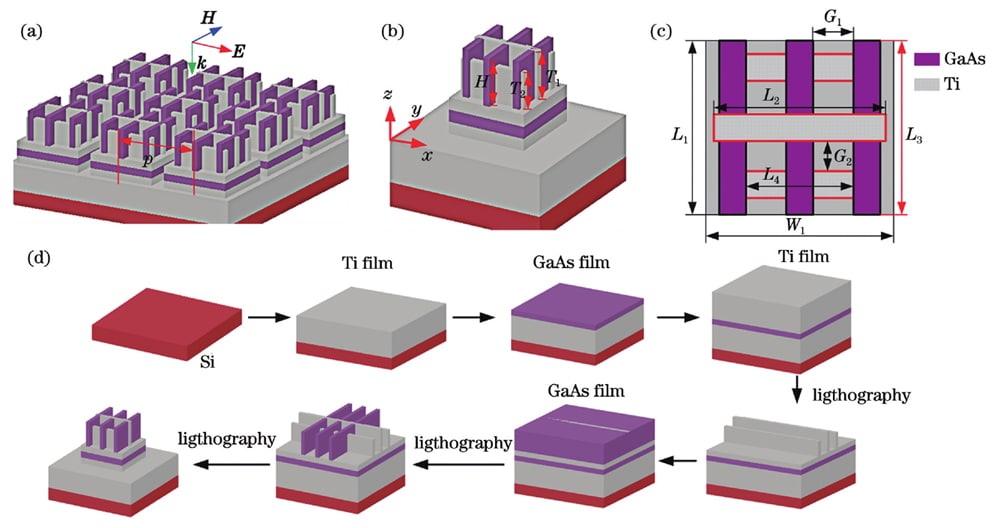
Schematic diagram of the absorber.(a)Array structure.(b)Absorber unit structure.(c)Top view of the absorber unit.(d)Preparation process diagram
- Wireless Power Transmission (WPT)
Wireless Power Transmission: The transmission of electrical energy without a physical link between devices. Generating an electromagnetic field between the transmitter and receiver to transmit electricity, the technology is used in devices such as wireless chargers, biomedical implants, and electric vehicles. The demand for more efficient wireless power transfer (WPT) systems is growing as more devices go wireless and metamaterials have shown promise in making these systems more efficient.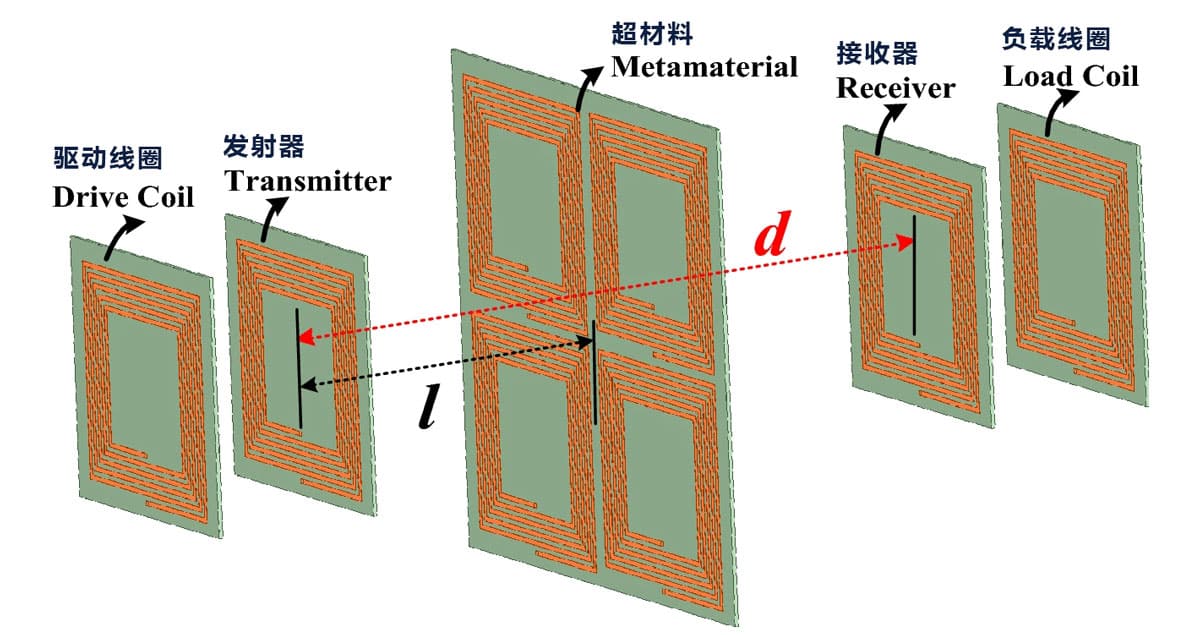
Frequency reconfigurable dual-load magnetically coupled resonance with frequency reconfigurable metamaterials(MRC)-Wireless energy transmission(WFT)System
- Cancer Detection
Cancer Detection: TheDetection of malignant cells in the body. The basic principle of the ultramaterial sensor for cancer detection is that because the water content of tumors is higher than that of normal tissues, the tumors at microwave frequenciesεandμare higher than normal tissue, so the dielectric constant of the sample can be measured to determine if it is malignant.Spada et al.A biosensor consisting of an array of complementary metallic metamaterial omega-shaped resonators is presented. The researchers were able to create a biosensor that is highly sensitive in distinguishing malignant from normal tissues because the electromagnetic field is located around the metamaterial resonators, enhancing the interaction between the field and the sample.
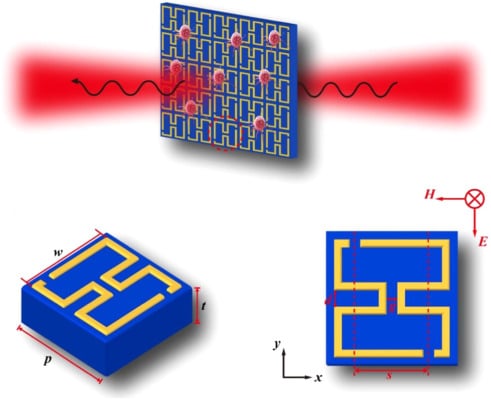
Although there are still many limitations and shortcomings of metamaterials, these peculiar characteristics make them have a broad application prospect in many fields such as national defense, aviation and construction, attracting many researchers to invest in them. Production and application technology continues to mature, the global metamaterials industry will also be more and more companies, the market size will continue to grow at a high rate, the global metamaterials market size is expected to reach 10 billion yuan in 2026, the industry development prospects are excellent.
We offer fastDesign services for super-surface lens / micro-nanostructure processing, Feel free to leave a message to inquire.
Related Products
Related Reading
Micro and Nano Processing | Process Overview
Micro and Nano Processing | Thin Film Deposition, Photolithography, Etching Overview Nanofabrication Division
Introduction to microlens arrays丨Preparation and processing methods and applications
Introduction of microlens array丨
Introduction to super-surface lenses (metalenses) 丨Design principles, applications and processing methods
Introduction to super-surface lenses (metalenses) 丨Design principles, design principles

